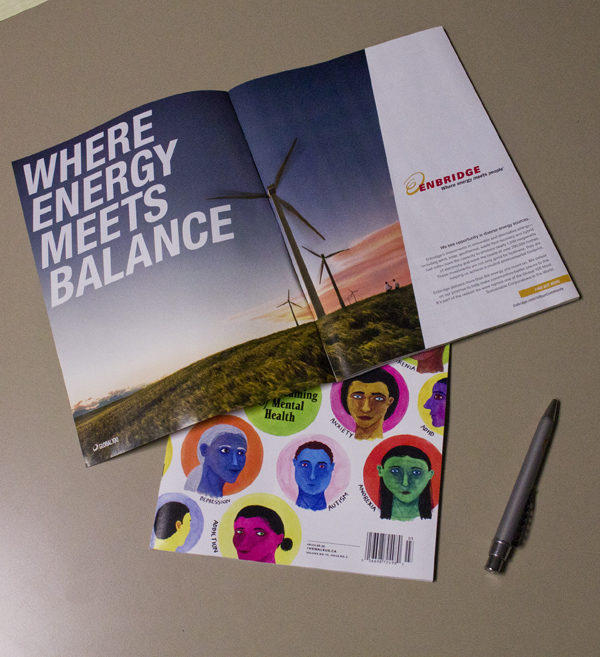
DiManno is not the only Canadian to gain international attention recently for all the wrong reasons. Two weeks ago, it was Stephen Marche’s Esquire piece on Megan Fox, in which he bemoaned the lack of bombshell beauties in Hollywood that earned the ire of so many on Twitter. Last spring, it was the controversial Ian Brown Globe and Mail story “Why men can’t – and shouldn’t – stop staring at women.” Each time we click away and tsk tsk at our computers, reproaching the writers and their editors, and silently calculating our own 140-character critiques.
When it comes to this kind of link bait, our reactions can be counterproductive. When we talk about (and spread) these stories online—whether to analyze, mock, or pan them—we only give the writers more attention and drive more traffic to their sites. This is great for the publications that make money off every click, but it also encourages the use of controversy instead of content to draw in readers.
It may be unrealistic to expect journalists to avoid these sorts of salacious or embarrassingly bad stories altogether (last week I clicked on a story with the headline: “I Really Want Good Traffic so I’m Going to Tell You About the Time I Took a Video of Myself Masturbating in the New York Post Bathroom”), but here are a few strategies to keep you off the hook once you’ve been lured in by link bait:
- Don’t provide a link to the offending article. If you’re going to criticize a story, fine, but don’t provide a link to it. You are just making it easier for a reader to click the story and generate revenue for the website that published it. Instead, include a screen grab or a link to a site with a screen grab.
- Share articles or tweets that look at the story and the issues that it raises in some insightful way. This way, you are bringing critical analysis into the conversation, instead of just off-the-cuff disgust.
- Ignore it. Seriously. Every time you share an inflammatory story, you feed a click to the growling, hungry monster of link bait journalism.
About the author
Allyssia was the Senior Online Editor for the Summer 2013 issue of the Ryerson Review of Journalism.

